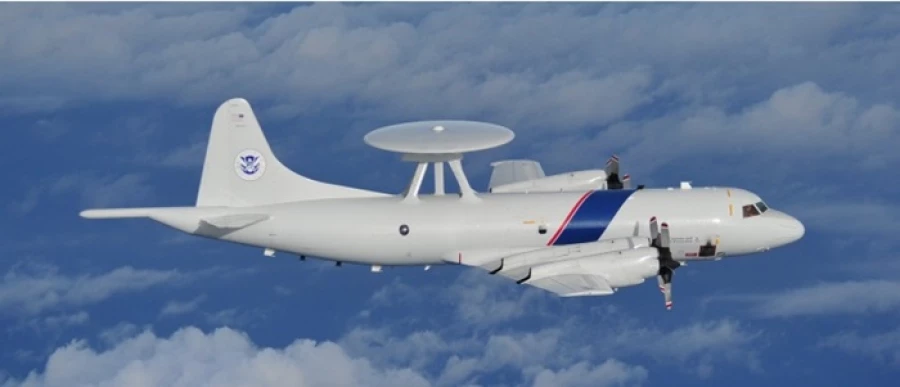In a significant legislative move, the Peruvian Congress has approved Legislative Resolution No. 6672, renewing a pivotal collaboration with the United States.
This resolution marks the return of a joint aerial interception program aimed at curtailing illegal drug trafficking via Peru’s airspace.
The decision, sealed with 73 votes in favor, 30 against, and four abstentions, represents a robust commitment to national and international security.
Congressman Alejandro Aguinaga of the Popular Force party and chair of the Foreign Relations Committee spearheaded the resolution.
It has garnered substantial support from various governmental sectors.
Technical assessments were provided by several ministries and the National Commission for Development and Life without Drugs.

These assessments underscored the initiative’s critical importance. This legislative action revives a collaboration that was originally suspended in 2001.
The suspension occurred after a tragic mistake led to the deaths of an American missionary and her daughter.
Their plane was mistakenly identified as a narcotics carrier. The aircraft used in the program were crucial for surveillance and interception efforts.
These included Peruvian Air Force units like the T-27 Tucano and the U.S. Customs and Border Protection’s P-3 AEW.
However, the incident led to a cessation of U.S. participation, and without suitable radar and aircraft support, Peru was unable to continue the operations solo.
Congressman Aguinaga highlighted the program’s success, noting it significantly cut drug trafficking by disrupting traffickers’ aerial routes.
The reinitiated program aims not only to intercept illegal drug operations but also to prevent the expansion of illicit coca cultivation.
It aims to reduce social, economic, and environmental effects, boosting security and strengthening sovereignty.
The agreement offers key support, establishing a model for international anti-drug efforts.

